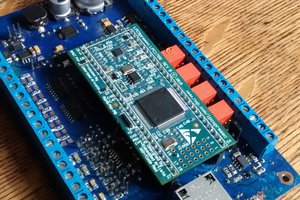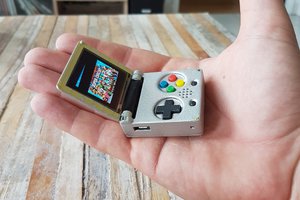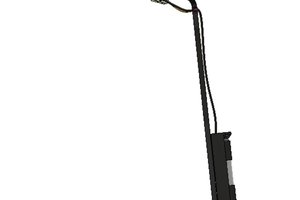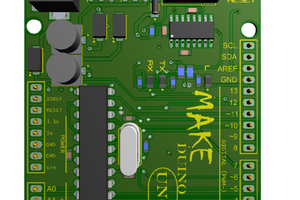- It's not completely reliable even when I play it and...
- ..it doesn't work for old people or people with thick skin at all. The skin conductivity is too low to trigger the resistive sensors. I couldn't make them more sensitive since sweat would cause false triggering, and musicians sweat.
- Soldering the brass contacts to the PCB is difficult and results in a connection that would probably not withstand the beating an instrument should be able to handle.
- The solution with capacitive sensors that I mention in my documentation is essentially a capacitive arduino keypad module with my brass contacts hotglued to it. It works really well! But this approach is too close to an existing patent, that's why I shelved the project.
- If I made another iteration I would orient the touch plates completely parallel to each other, not slightly diverging like in this design. This would further simplify playing and allow for a modular construction since the neck could consist of identical smaller pcb modules.
I haven't published a video of the instrument in action since my prototype doesn't exactly match the renderings. I used a simple lasercut acrylic fret board instead of a slightly curved wooden one, to give an example. Since this was more about the design of the whole project, I decided to focus on the renderings instead in my documentation.
 Joris Wegner
Joris Wegner

 c.Invent
c.Invent
 Giovanni
Giovanni
 Jefferson Bueno
Jefferson Bueno